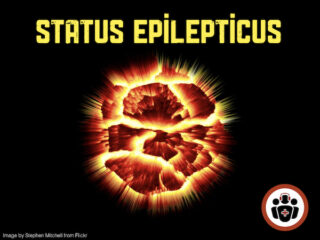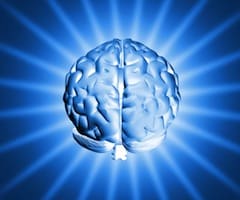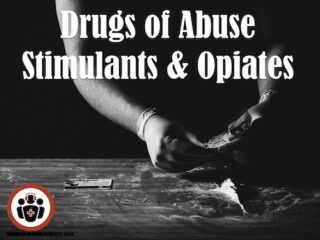Ep 133 Emergency Management of Status Epilepticus
Among the presentations seen in the ED, few command the same respect as status epilepticus. It is, in itself, both a diagnostic dilemma and, at times, a therapeutic nightmare. There’s a reason it’s the very first domino to fall in the dreaded sequence “seizure, coma, death”. Status epilepticus can be nuanced to manage. Sure, most seizures self-abort or love an IV dose of lorazepam, but ask anyone who’s been down the propofol route, and they’re not likely to have forgotten the time they stared down a patient who just...would...not....stop...






